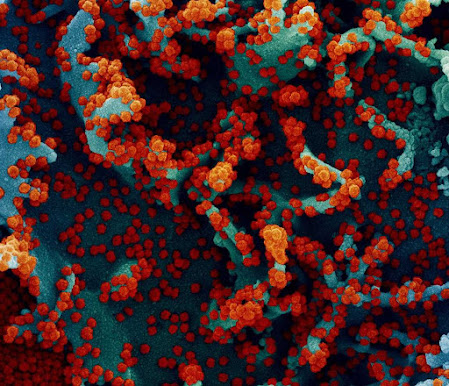Blue-green algae, or cyanobacteria, present huge environmental problems. Large scale break-outs, or blooms, spread across bodies of water, depleting the oxygen supply and reducing light, killing fish and other aquatic animals. In addition, some algae can produce toxins that are harmful to animals and humans.
Detecting these blooms – at a sufficiently early stage to prevent them reaching dangerous levels – is not straightforward because of the thousands of different species of algae that could be present. As algae are a vital part of many water systems, it is only those species which become harmful that may need these preventative measures.
Researchers in the University of Birmingham’s School of Biosciences have designed a new approach which uses mass spectrometry – a way of identifying specific molecules by their mass – to identify key protein features within the algae that are unique to each species, enabling them to be rapidly identified. Using recently developed, high resolution techniques, the team found they were able to produce highly specific ‘fingerprints’ that each correspond to specific cyanobacterial species. The work is published in Analytical Chemistry.















.jpg)

